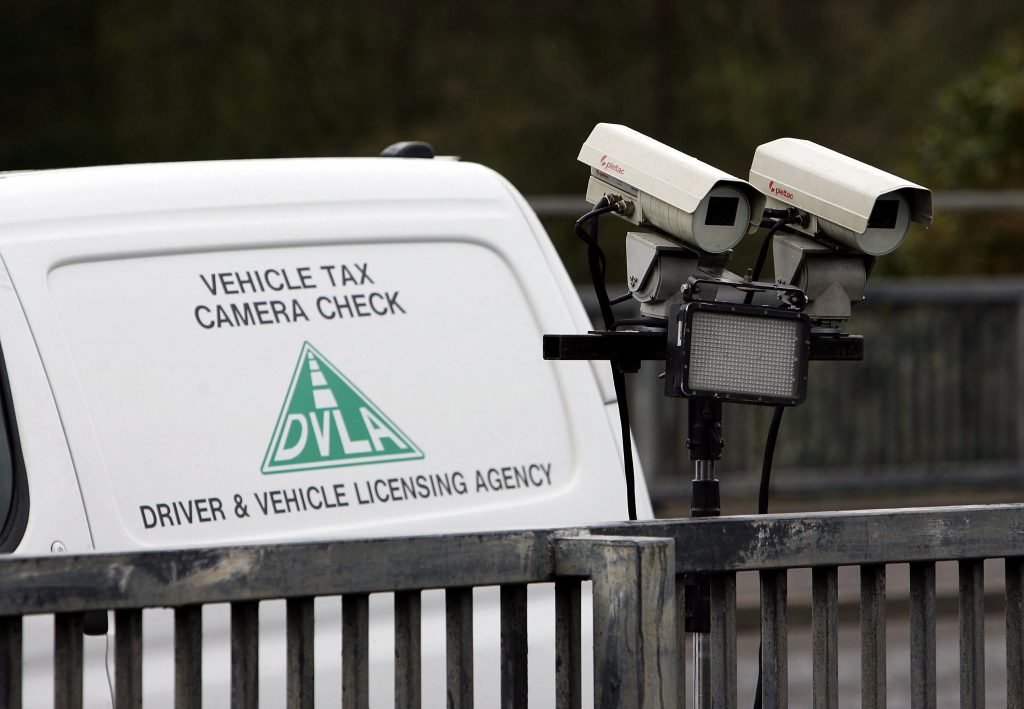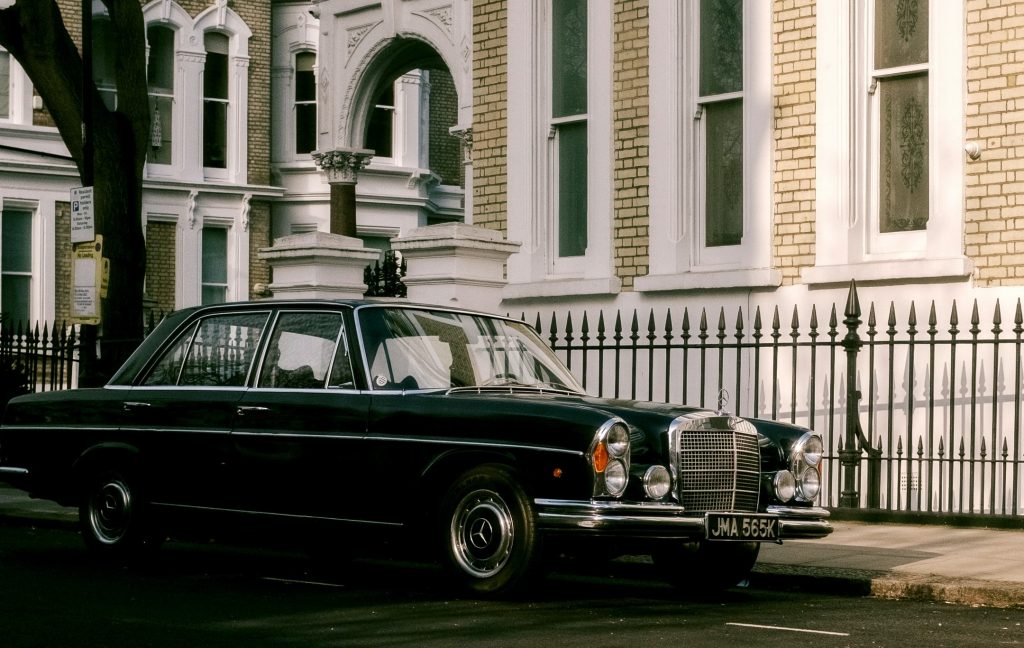Aberdeen, Dundee, Edinburgh and Glasgow now have low emissions zones (LEZs) in place, aimed at improving air quality by penalising older cars, buses and lorries.
While certain aspects of each city’s zone are finalised, fines won’t be levied until 1 June 2023 for Glasgow (with residents allowed a grace period lasting until 1 June 2024). Dundee will start issuing fines from 30 June 2024, and Aberdeen and Edinburgh from 1 June 2024.

With each of those dates, pre-Euro 4 petrol and pre-Euro 6 diesel-engined cars won’t be able to enter each LEZ. If they do, their owners will have to pay a £60 fine, reduced by 50 per cent if they pay within a fortnight.
There is a silver lining however: Transport Scotland’s rules make most cars LEZ exempt from their 30th birthday, allowing a much wider range of classics and modern classics to traverse each city than those of English low emission zones like the London ULEZ, which have a 40-year cut off – matching VED (tax) and MOT exemption dates, but ruling out 1980s classics for a lot of London residents.
You’ll still have to pay road fund licence on your Scottish LEZ exempt car until it’s 40 years old, but for air quality purposes, Scotland’s definition of a historic vehicle is closer to that of FIVA (and Europe’s) than that of the DVLA.

That exemption still comes with a caveat, as close examination of the Scottish exemption regulations reveals that cars aged 30 and over must be “no longer in production” and “historically preserved or maintained in [their] original state and [have] not undergone substantial changes in the technical characteristics of its main components.”
Hagerty sought clarification as to what was meant by “substantial changes”, wondering if safety related modifications (such as larger brakes and halogen headlights) would keep a classic LEZ exempt.
A spokesperson from Aberdeen City Council’s Transport Strategy and Programmes team said: “The four cities will discuss the points you raise at the next meeting of the national LEZ Enforcement group (scheduled 15 June) and provide you with a full response shortly thereafter.”
The Air Quality Team from Transport Scotland added: “Whilst the Scottish Government will set the national framework for LEZs, local authorities have the autonomy to choose grace periods and local exemptions appropriate for the individual circumstances of their City.”
Dundee, for example, states in its LEZ proposal document (you can read the pdf file here) that newer, more compliant engines may be retro fitted to cars with older, more polluting engines so that they do not fall foul of enforcement: “Suitably certified retrofitted or repowered vehicles – where the emission standards are confirmed to a Euro 6/VI standard equivalent – will also be LEZ compliant.”

Hagerty has also asked how these conversions will take place and what paperwork will be needed once fines go live – and whether or not Aberdeen, Edinburgh and Glasgow plan to follow suit.
Garry Wilson, chief executive officer for historic vehicle lobbyist group, the Historic and Classic Vehicles Alliance (HCVA), joined Hagerty in asking for more detail from Transport Scotland and the four cities for how their 30-year age exemptions for cars would work.
“This Scottish position of unmodified original cars over 30 years old requires more evaluation to fully understand the details and how this will be policed,” he said. “[Their] use of the 30-year limit must be seen as a positive when compared to the London ULEZ that takes the DVLA 40 year cut off. In the latter case I understand it is for ease of administration given such vehicles are well defined within the registration and tax authorities.
“However, given the pollutants being targeted are Nitrogen Dioxide (NO2) and Particulate Matter (PM) one must ask why the focus is not on the major polluters alone rather than include the passenger car. Lorries, buses, coaches, diesel vans and pick-ups and diesel taxis are collectively and substantially the larger emitters.”
Wilson added: “It is hoped the 30-year exemption will be rolling though one would also ask for consideration of a minimum mileage per annum hurdle rate so that those modern classics younger than 30 years old, as well as infrequently-used non-classics, may continue to be used.”
Read more
London’s ULEZ zone planned to expand to M25
Government plans road pricing schemes as fuel revenue falls
What the Ultra Low Emissions Zone means for London’s classic car owners









